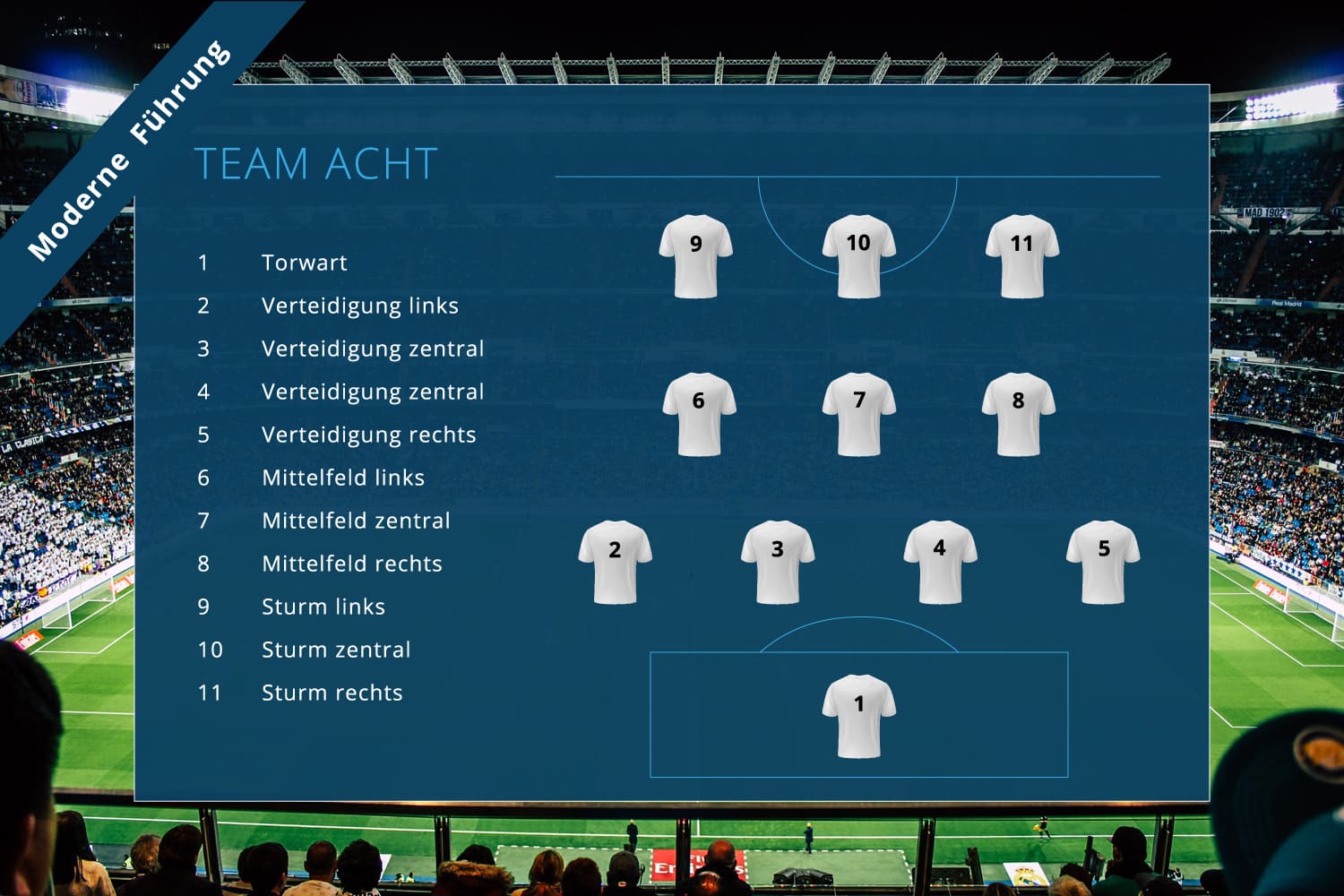Agile Teams | Conflict Resolution
Conflict resolution in agile teams
From Sabine Walter, Head of netzwerk managementberatung | coaching
Working in agile teams - as in other teams - can lead to conflicts. Since agile teams should be able to recognise these conflicts at an early stage and resolve them independently, the self-confidence of each team member as well as their conflict resolution skills must be strengthened. In this article, we explain how this can be done.
Conflict resolution in agile teams: The Ideal State
Agile teams with strong conflict resolution skills can be recognised by the fact that they have a high level of trust in each other. They have the confidence in themselves as a team to resolve the conflict, and they have the ability to recognise first signs of conflict and address these constructively and transfer them into a common solution.
1. Recognise conflict: What is it really about?
Conflicts can arise at different levels: at the substantive level, at the personal level or at the organisational level. The level at which the conflict is visible does not always have to be the level at which the conflict arose. Therefore, it is important to look closely and to analyse the the framework conditions of the conflict:
- What exactly happened?
- Between whom?
- When?
- What could be possible causes for this conflict?
According to conflict researcher Prof. Glasl, the cause for conflicts lies in three central areas: Social Conflicts, Structural Conflicts and Internal Conflicts. While social conflicts often arise from incompatibilities that are perceived as impairments, the causes for structural conflicts are in the establishment or process of social systems rather than in the composition of teams, undefined roles, areas of responsibility or tasks. They lie in unclear or unproductive processes, undefined or error-prone interfaces, non-transparent or missing communication, contradictory goals or assignments. In the case of inner conflict lies the incompatibility in the person themselves, for example, acting against some values, an inner conflict of goals (more free time vs. faster career) or the desire to fulfil demands that do not match one's own competences or strengths.
While conflicts on the factual level are often resolved more quickly and constructively, conflicts that have arisen on the personal level can demand a lot of patience and tact from all involved. It is important: Conflicts must always be resolved at the level at which they arose.
2. Recognise conflict: Possible symptoms
While we have explained possible causes of conflict in the first approach, we give below some examples for how you can recognise conflicts: Formality, insistence on structures and guidelines, little flexibility, resistance in finding solutions, withholding information, lack of interest, stubbornness, avoidance of contact, aggression and clique formation.
The longer conflicts smoulder, the more they gain momentum and the more difficult they are to resolve. That is why it is important to take conflict symptoms seriously and to Address in a timely manner. The "Say it - Structure" helps with this:
3. Addressing conflicts: SAY IT
In order to ensure that addressing conflict symptoms that have become visible does not lead to further hardening, but rather initiates the process of resolution, several things need to be taken into account:
- Framework conditions: conflicts should be dealt with privately be addressed in a confidential atmosphere.
- Inner stance: see the other as part of the solution. Only then will you be able to have a conversation at eye level. It is therefore advisable not to seek a conversation in the heat of the moment, but to sleep on it. Use the time apart to separate the person and the thing and to find one thing that you appreciate about your conversation partner.
- Conversation structure: when addressing the conflict, the SAY IT structure (SAG ES in German):
- S - Saying what you perceived: I have noticed that ...
- A - Aftermath: Effect on the person himself/herself: That's why I need more than time than before for...
- Y - Express feelings: I feel annoyed about...
- I - Information about the other one’s view of the situation: What is your view?
- T - Draw a conclusion (listen, ask questions, work out a solution, establish commitment)
4. Resolving conflict: Goals instead of positions
In the resolution of conflicts, attitude plays the decisive role. This succeeds better when the person and issue become separate and the other is seen as part of the solution and not as part of the problem.
Moreover, for a solution to be supported by all, it is important that the advantage of one is not necessarily the disadvantage of the other. Rather, the inner attitude should be characterised by developing a win-win solution for all parties involved.
This presupposes that those involved in the conflict are able to:
- Focus on interests or goals rather than positions
- Develop options for mutual benefit
- Apply neutral criteria for the evaluation of the solution options
Questions that help are:
- What is our common goal?
- Where is the lowest common denominator?
- Why is this so important for one or the other? What is the need behind it?
- What are the absolute mandatory criteria that the solution must fulfil?
- What else would be nice, but not mandatory?
If this process is repeated several times in agile teams, initially also with an experienced moderator. If the conflict resolution process is successfully completed, not only is the methodical competence of conflict resolution developed, but above all the confidence to be able to master critical situations together is strengthened. This welds people together and prevents certain conflicts from arising in the first place.



